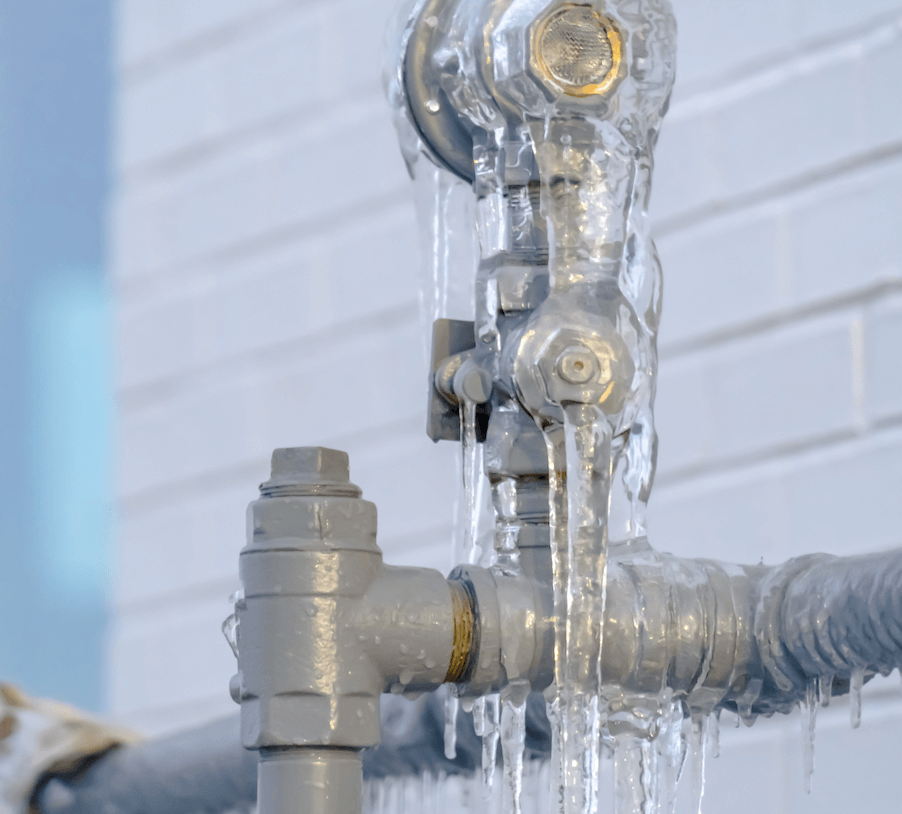What are your thoughts and feelings on Preventing and dealing with frozen pipes?

Cold weather can damage your pipes, specifically by freezing pipes. Right here's exactly how to avoid it from occurring and what to do if it does.
Introduction
As temperature levels decrease, the danger of frozen pipelines boosts, potentially bring about pricey repairs and water damages. Recognizing just how to prevent frozen pipelines is essential for house owners in cool environments.
Comprehending Frozen Pipelines
What creates pipes to ice up?
Pipes freeze when revealed to temperature levels listed below 32 ° F (0 ° C) for expanded periods. As water inside the pipelines ices up, it broadens, putting pressure on the pipe walls and potentially triggering them to break.
Risks and damages
Frozen pipelines can result in supply of water disturbances, building damages, and expensive fixings. Burst pipelines can flooding homes and trigger considerable structural damages.
Signs of Frozen Pipeline
Determining icy pipelines early can stop them from breaking.
Just how to determine frozen pipes
Try to find decreased water flow from taps, unusual smells or noises from pipelines, and noticeable frost on subjected pipes.
Avoidance Tips
Insulating prone pipes
Cover pipelines in insulation sleeves or use warmth tape to safeguard them from freezing temperature levels. Focus on pipes in unheated or outside locations of the home.
Home heating techniques
Keep interior areas sufficiently warmed, specifically areas with pipes. Open up cupboard doors to allow warm air to distribute around pipes under sinks.
Safeguarding Outdoor Pipes
Yard hose pipes and outdoor taps
Detach and drain yard pipes before winter months. Set up frost-proof spigots or cover outdoor faucets with insulated caps.
What to Do If Your Pipes Freeze
Immediate actions to take
If you presume frozen pipes, maintain faucets available to alleviate pressure as the ice thaws. Use a hairdryer or towels taken in warm water to thaw pipes slowly.
Long-Term Solutions
Structural modifications
Take into consideration rerouting pipes far from exterior walls or unheated locations. Add additional insulation to attics, basements, and crawl spaces.
Updating insulation
Buy top notch insulation for pipelines, attic rooms, and walls. Proper insulation aids maintain consistent temperature levels and reduces the danger of frozen pipes.
Final thought
Protecting against frozen pipelines calls for proactive steps and quick responses. By understanding the causes, indications, and safety nets, home owners can secure their pipes throughout winter.
5 Ways to Prevent Frozen Pipes
Drain Outdoor Faucets and Disconnect Hoses
First, close the shut-off valve that controls the flow of water in the pipe to your outdoor faucet. Then, head outside to disconnect and drain your hose and open the outdoor faucet to allow the water to completely drain out of the line. Turn off the faucet when done. Finally, head back to the shut-off valve and drain the remaining water inside the pipe into a bucket or container. Additionally, if you have a home irrigation system, you should consider hiring an expert to clear the system of water each year.
Insulate Pipes
One of the best and most cost-effective methods for preventing frozen water pipes is to wrap your pipes with insulation. This is especially important for areas in your home that aren’t exposed to heat, such as an attic. We suggest using foam sleeves, which can typically be found at your local hardware store.
Keep Heat Running at 65
Your pipes are located inside your walls, and the temperature there is much colder than the rest of the house. To prevent your pipes from freezing, The Insurance Information Institute suggests that you keep your home heated to at least 65 degrees, even when traveling. You may want to invest in smart devices that can keep an eye on the temperature in your home while you’re away.
Leave Water Dripping
Moving water — even a small trickle — can prevent ice from forming inside your pipes. When freezing temps are imminent, start a drip of water from all faucets that serve exposed pipes. Leaving a few faucets running will also help relieve pressure inside the pipes and help prevent a rupture if the water inside freezes.
Open Cupboard Doors
Warm your kitchen and bathroom pipes by opening cupboards and vanities. You should also leave your interior doors ajar to help warm air circulate evenly throughout your home.

As an enthusiastic person who reads about Preventing and dealing with frozen pipes, I was thinking sharing that section was a great idea. Those who enjoyed our blog entry please make sure you remember to pass it around. Thank you for going through it.
Set Up An Appointment
Comments on “Essential Methods for Preventing Frozen Plumbing in Winter”